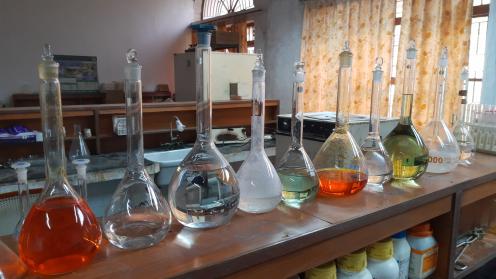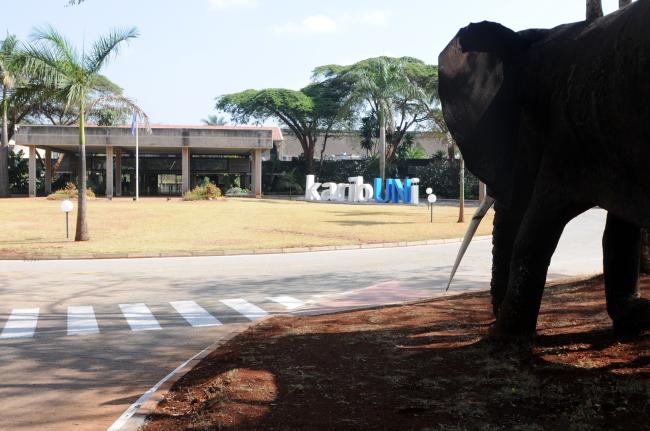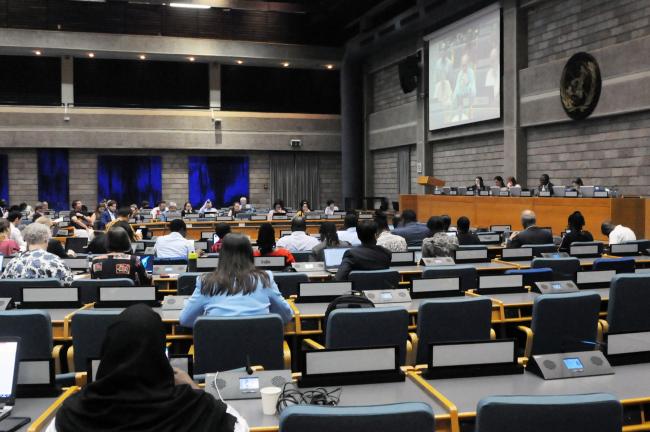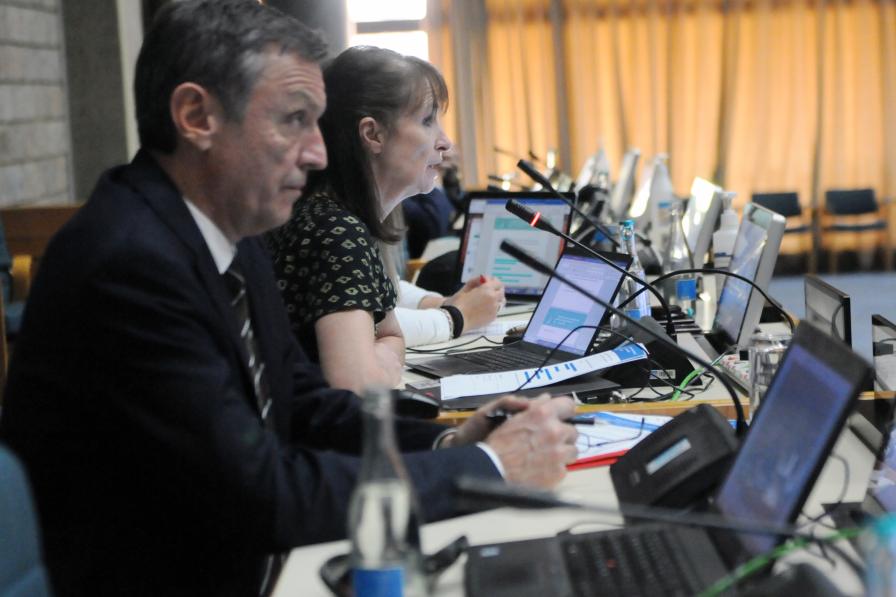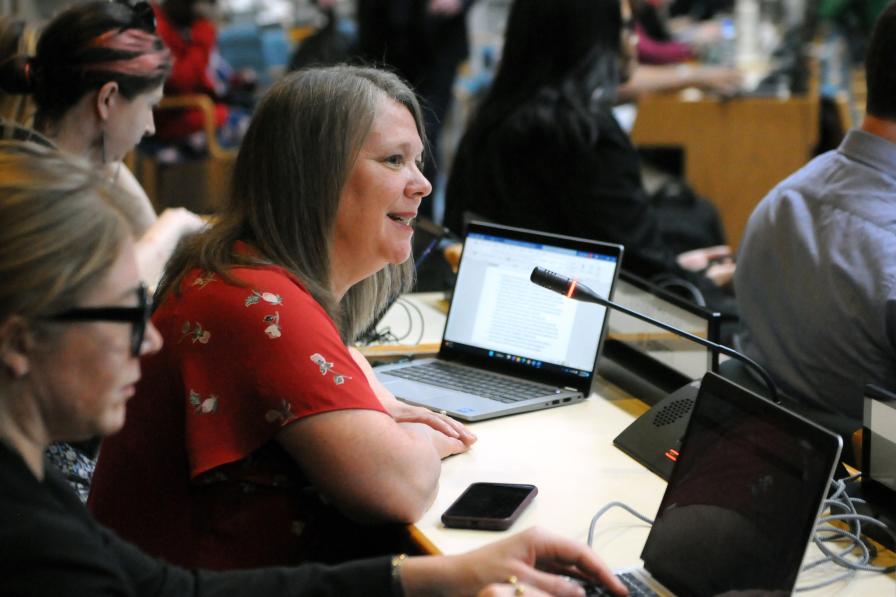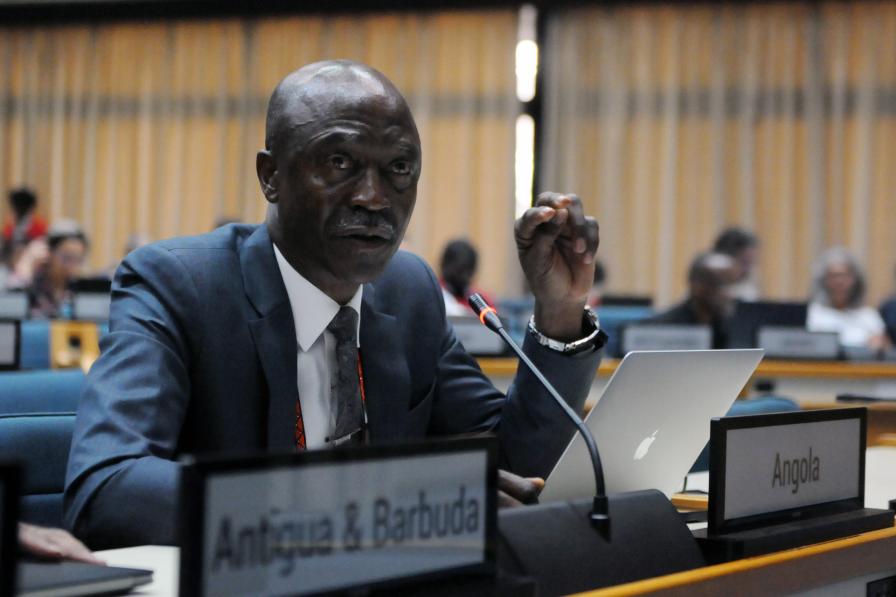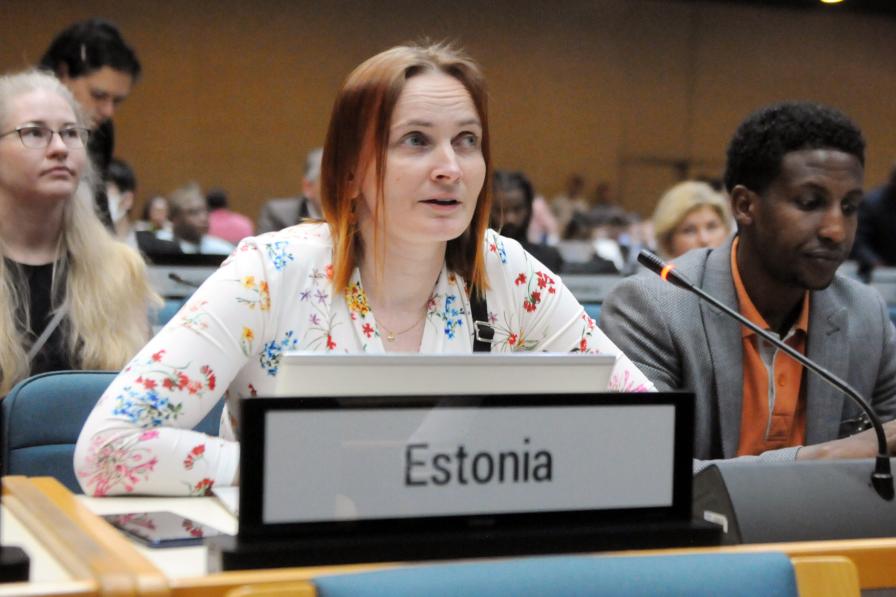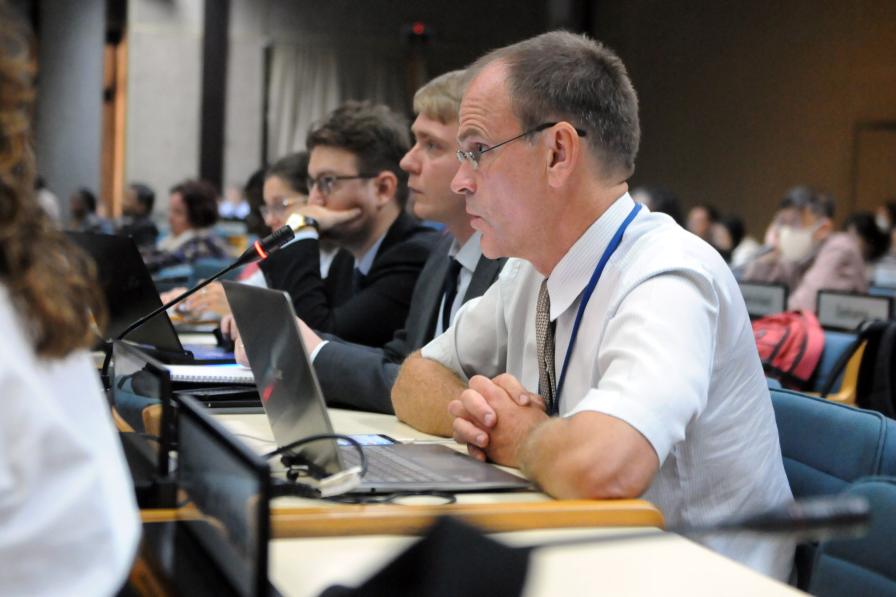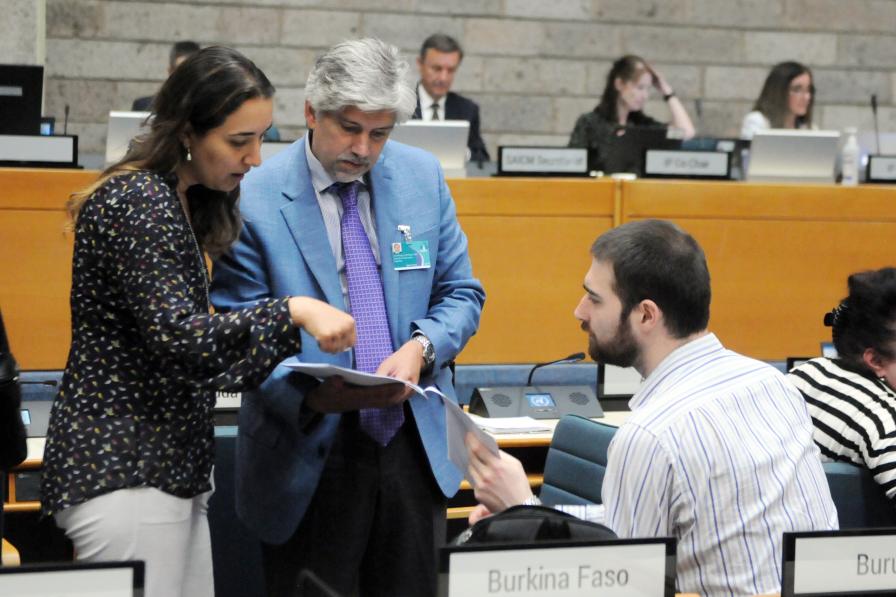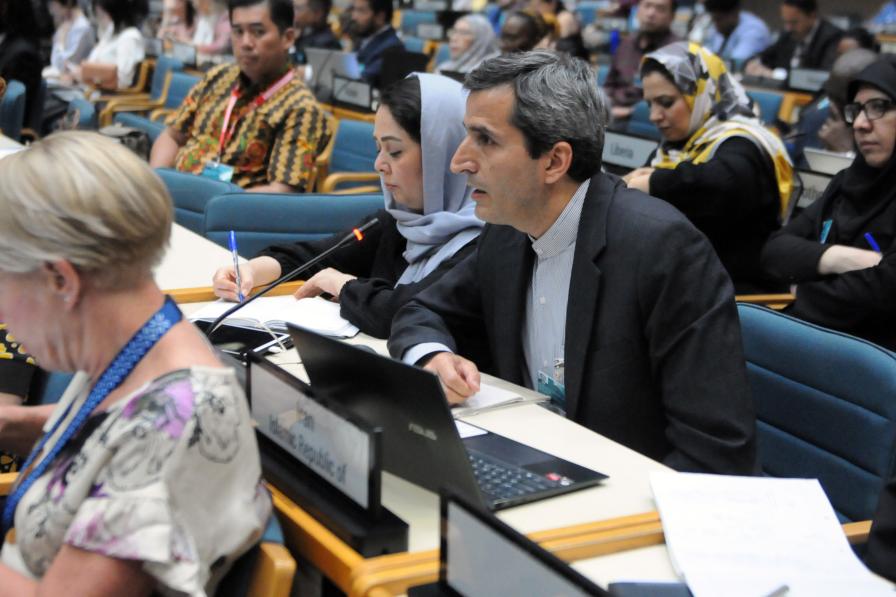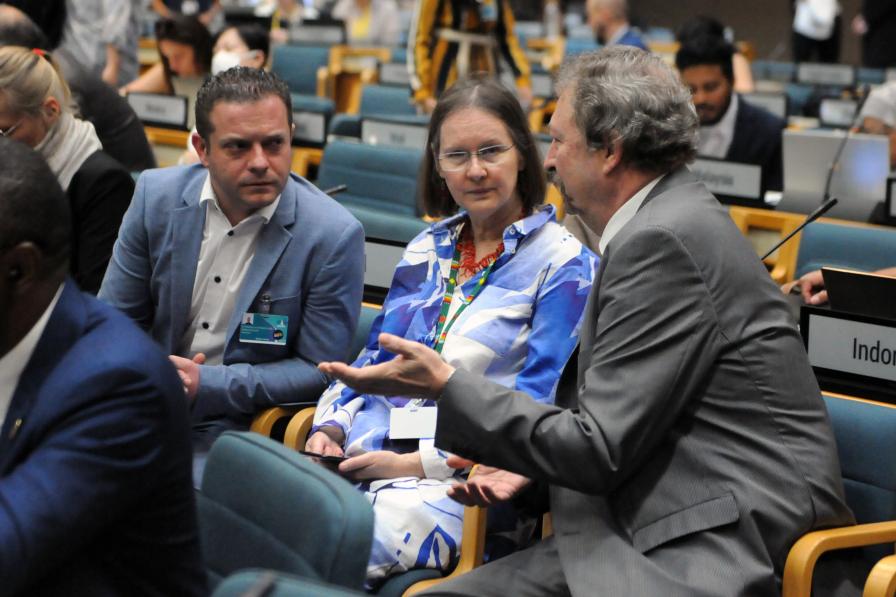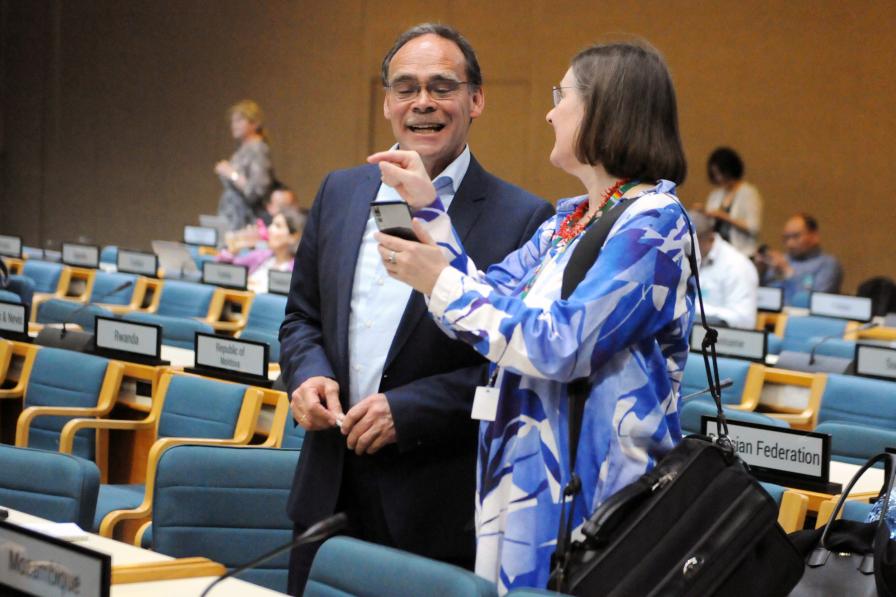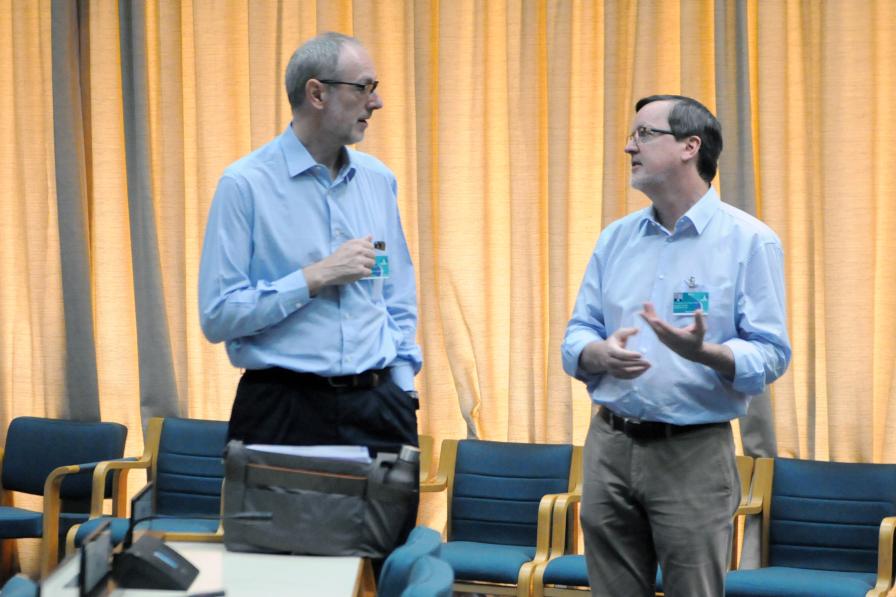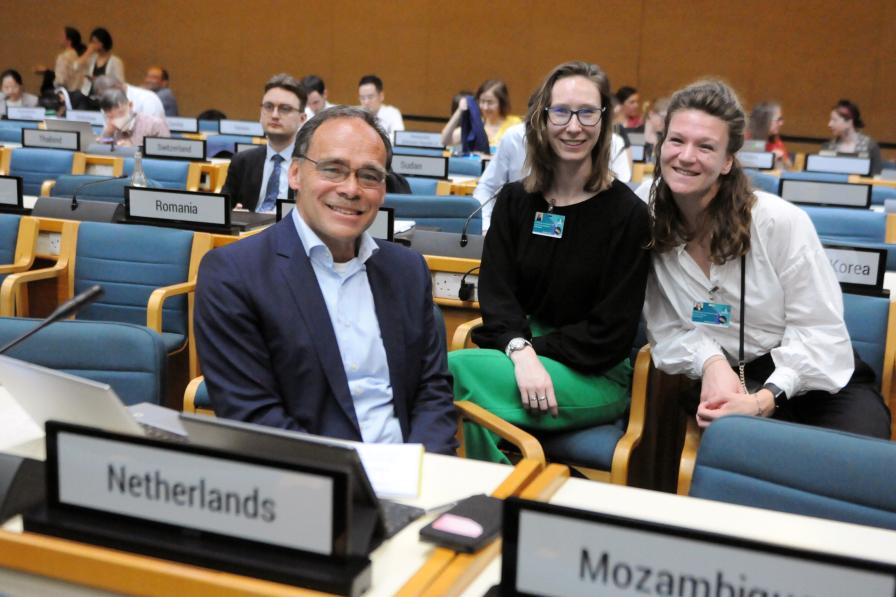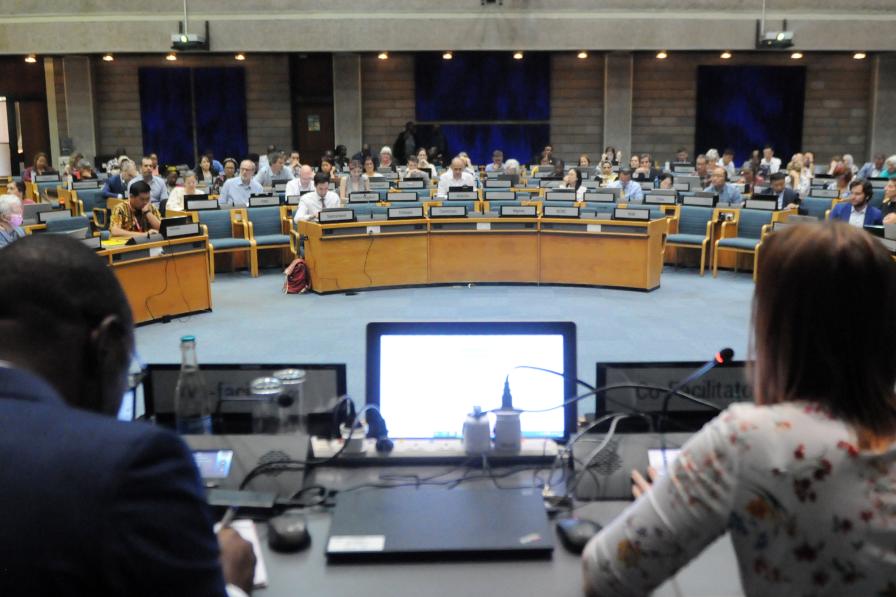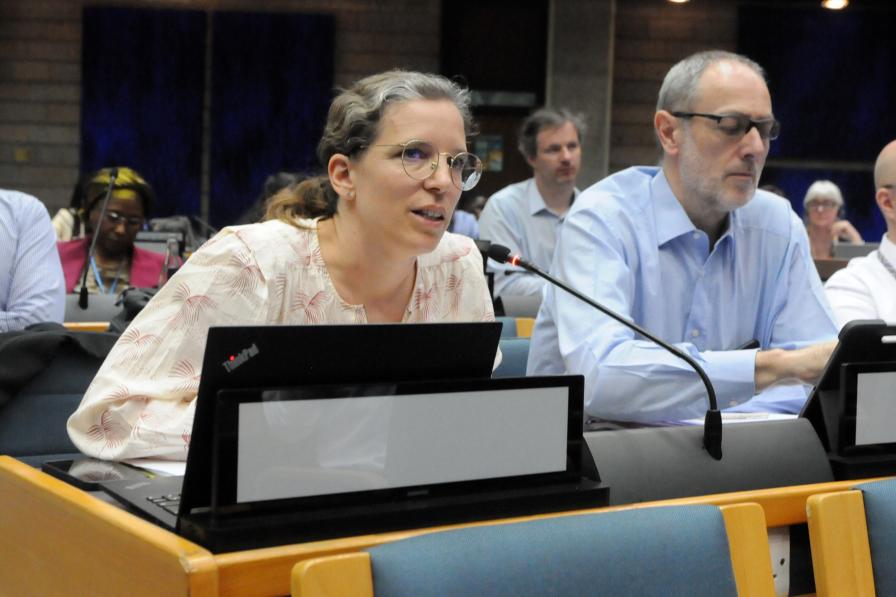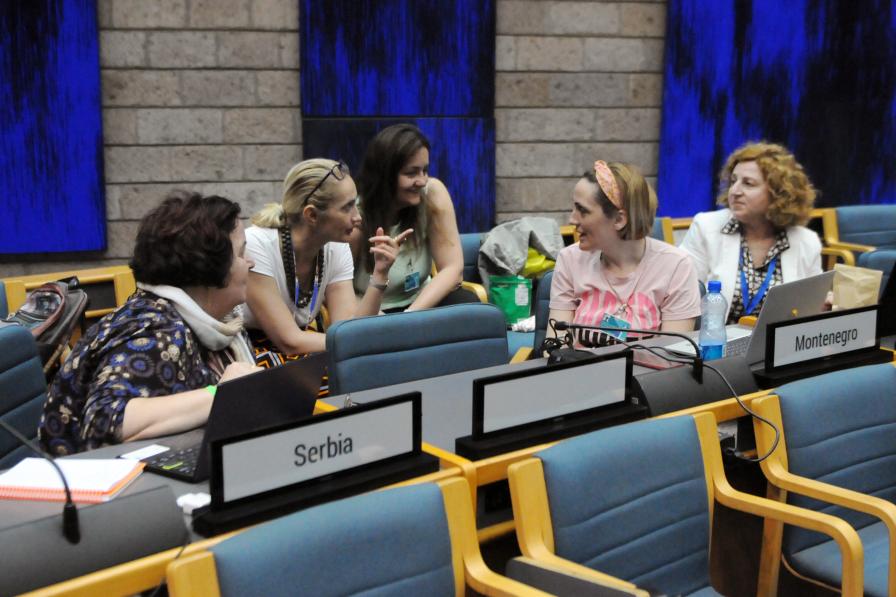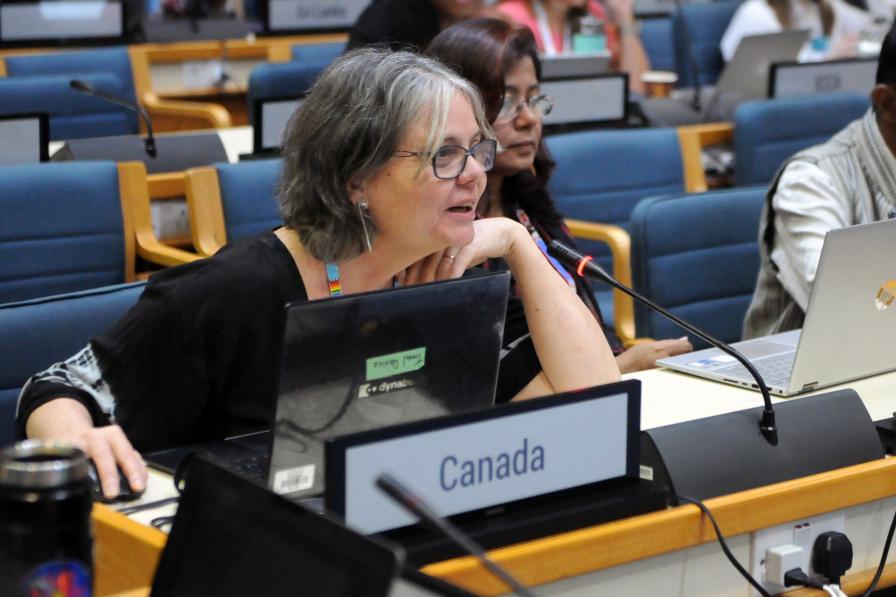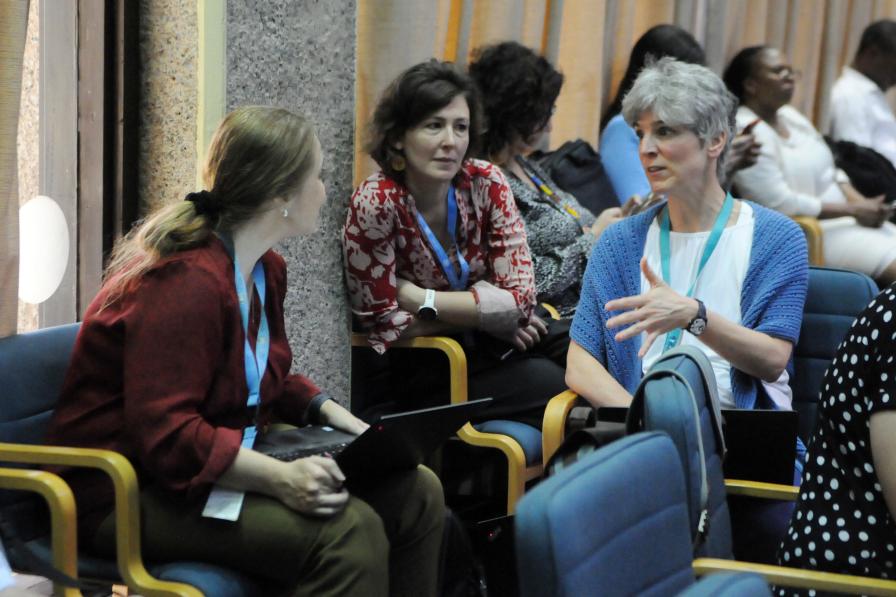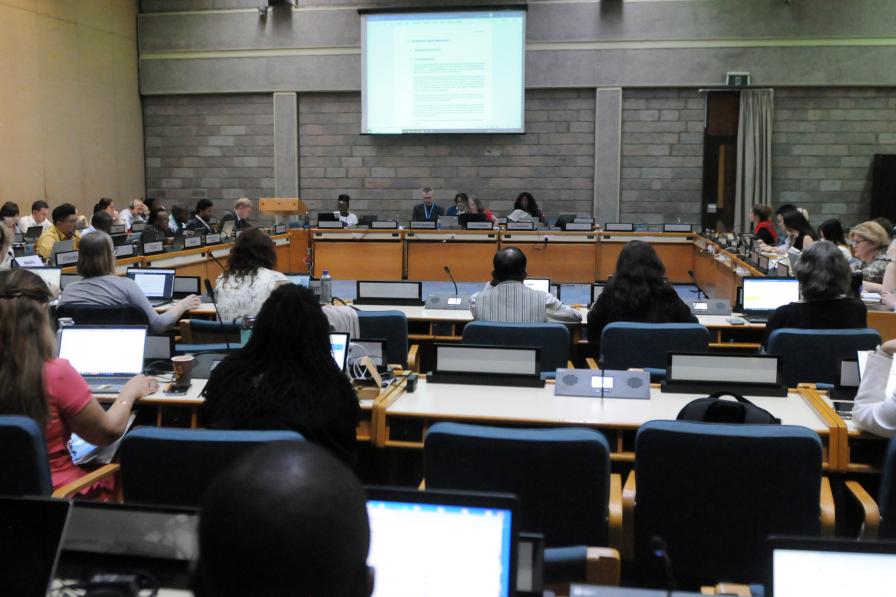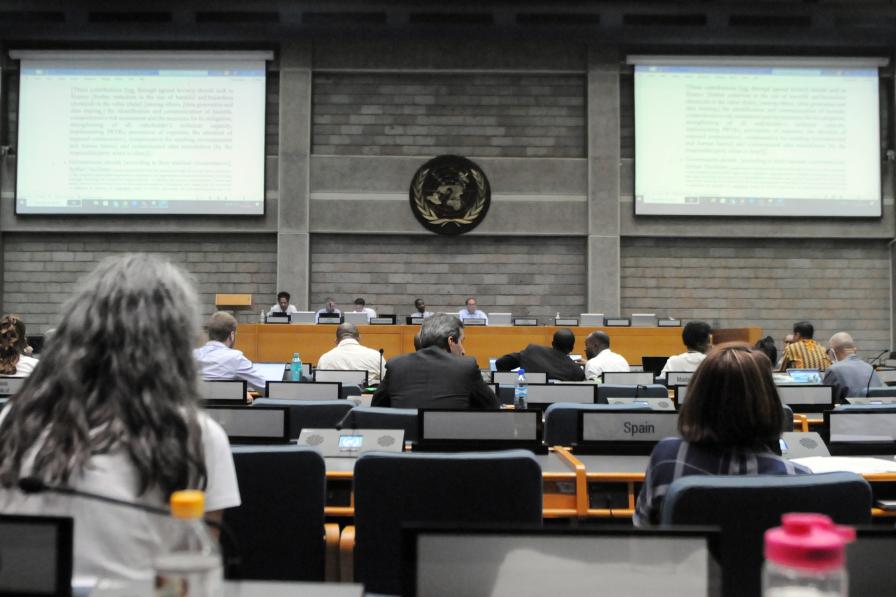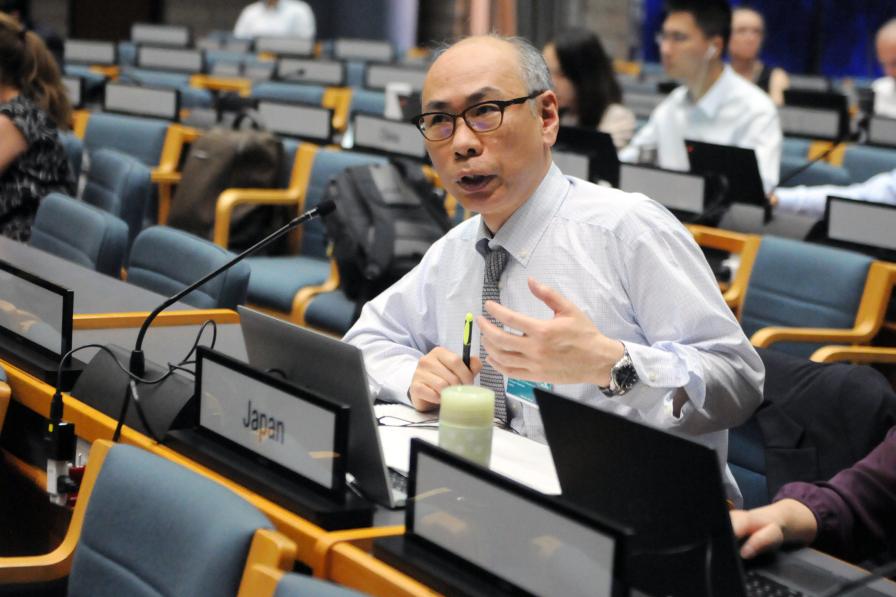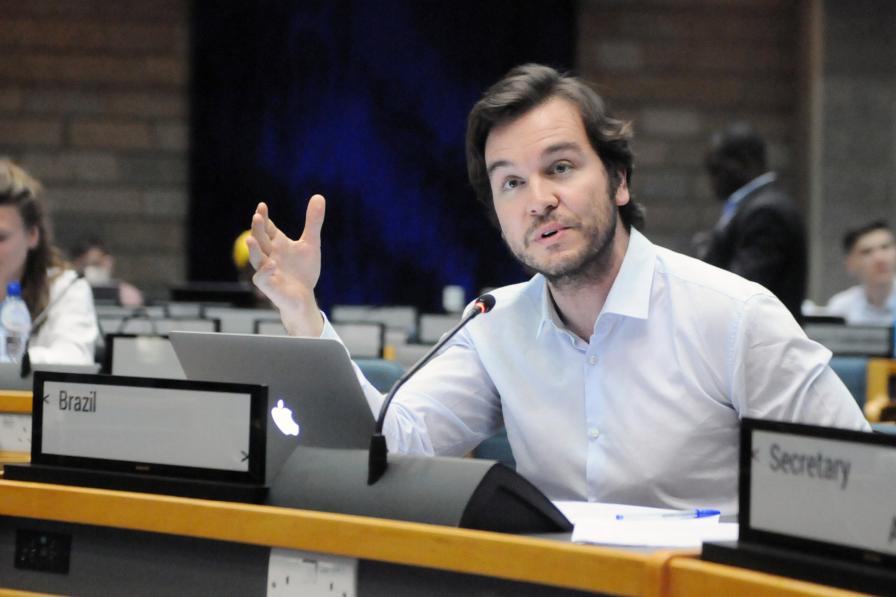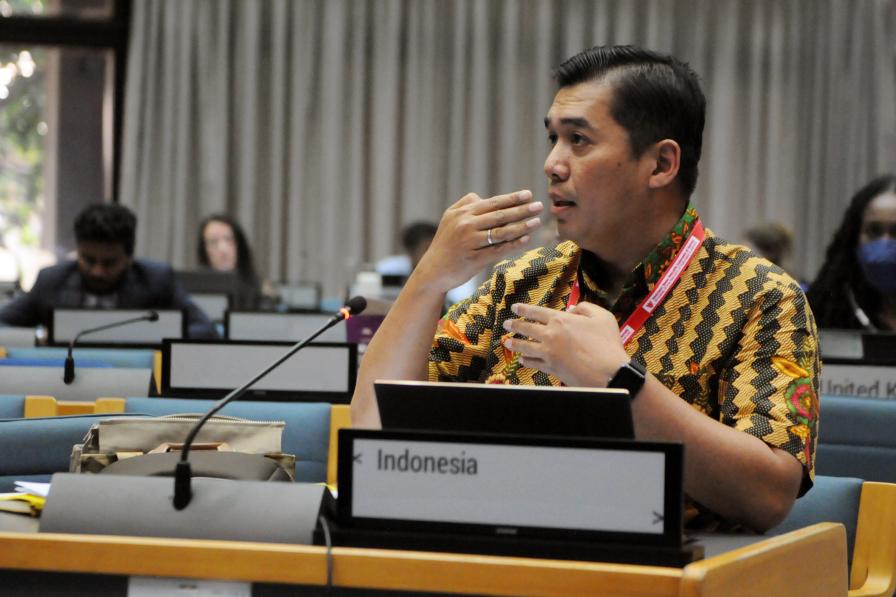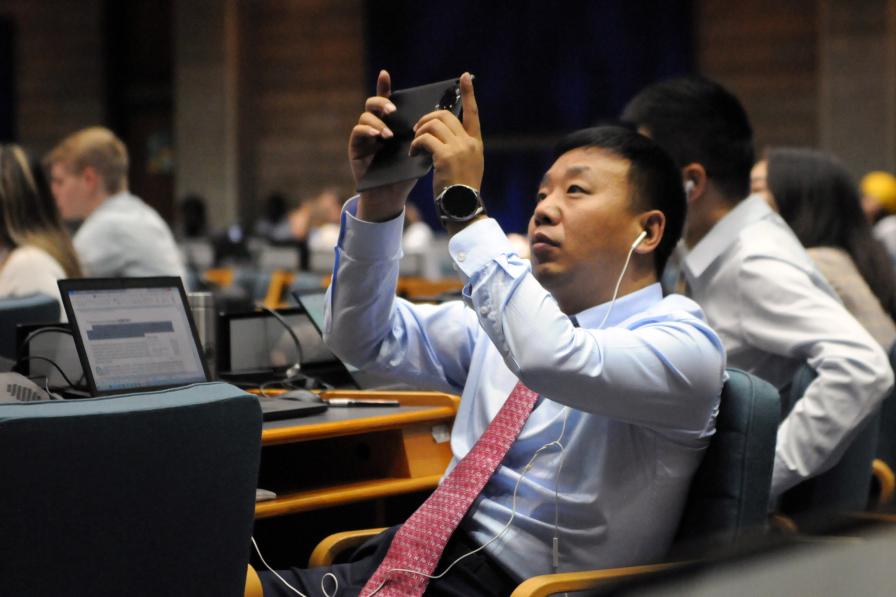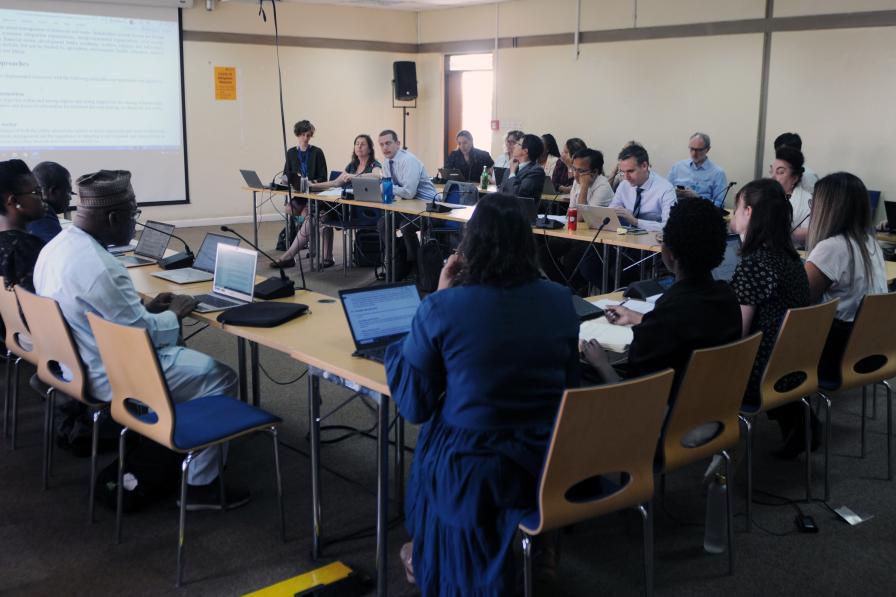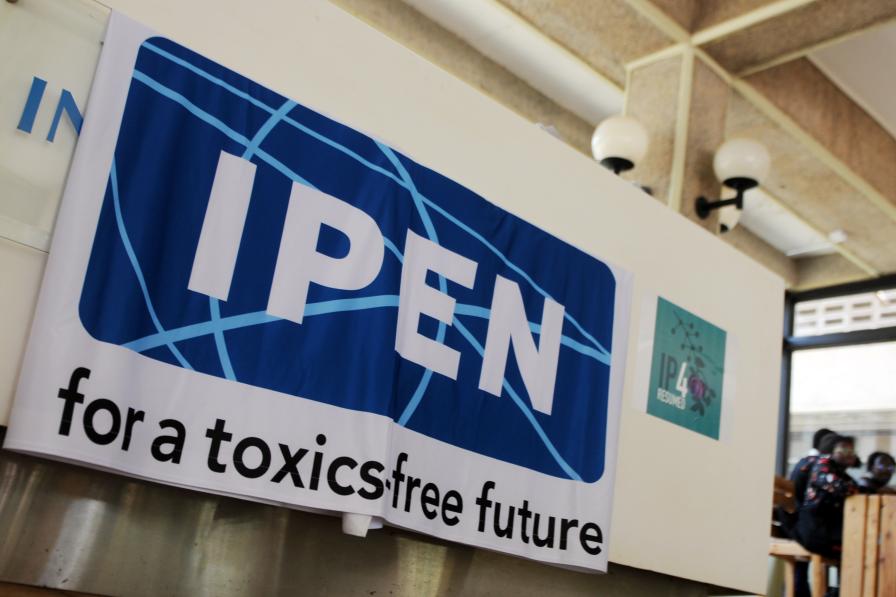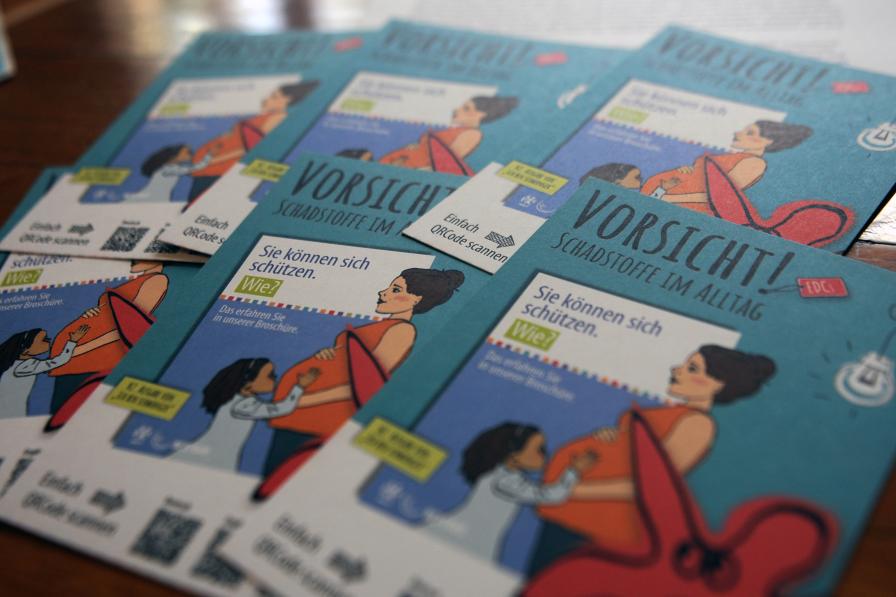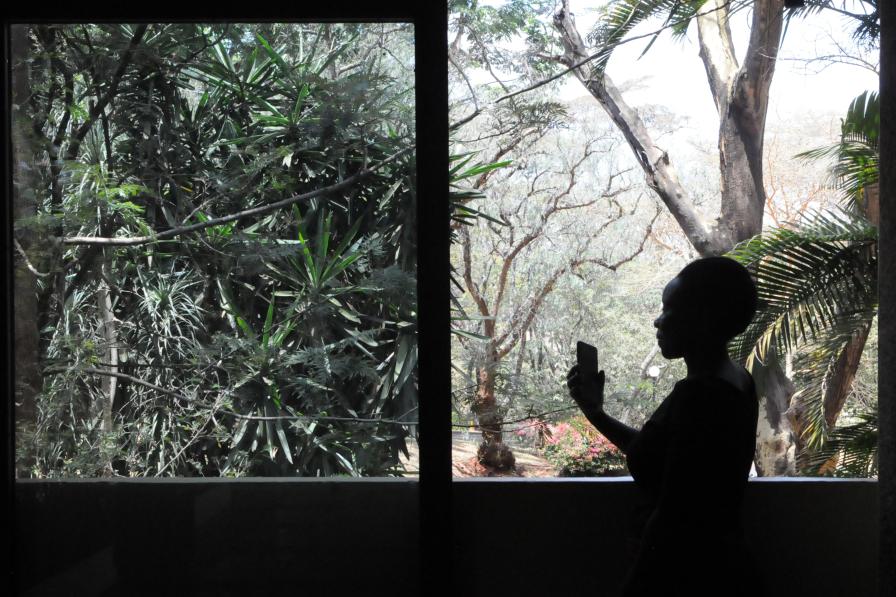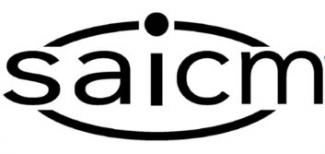Thursday began with plenary hearing reports from Wednesday’s meetings and then the Co-Chairs’ introduction of their reorganized consolidated document, reflecting all work as of the end of Wednesday, to be used as the basis for deliberations going forward. Thematic groups worked throughout the day and into the night on targets, a measurability structure, mechanisms for implementation, and financial considerations.
After the reorganized draft text on the post-2020 instrument was introduced by the Co-Chairs, the Russian Federation, China, and India raised concerns over the lack of transparency in the Friends of the Co-Chairs Group work on the instrument’s principles; they urged that the section be more widely and openly deliberated.
In its morning session, Thematic Group 1 (TG1) first heard presentations by the Inter-Organization Programme for the Sound Management of Chemicals (IOMC) on a measurability structure and by the UK on a roadmap for a measurability structure. There was agreement to convene informal discussions between delegates in order to clarify these proposals before continuing discussions on indicators in TG1 in its evening session.
TG1 then tried unsuccessfully to reach consensus on draft instrument targets B4 (tools, guidelines and best available practices), B5 (educational, training and public awareness programmes), B6 (implementation and enforcement of the Globally Harmonized System of Classification and Labelling of Chemicals - GHS), D1 (green and sustainable chemistry, cleaner production), D2 (sustainable and safe alternatives) and D5 (support to non-chemical alternatives to replace chemicals of concern).
In its morning session, TG2 agreed on text regarding:
- governments developing a national plan of action or programmes to further implementation efforts;
- the post-2020 instrument’s International Conference initiating a process to update or revise the instrument; and
- portions of the “trigger mechanism” for elevating issues of concern.
In the afternoon, TG2 examined a proposal by a small drafting group on information regarding the impacts of chemicals and waste to be provided for a stocktaking of progress made in the sound management of chemicals and waste. They also considered two alternative text proposals on the definition of issues of concern. Another small group was tasked with working on the IOMC proposal for three implementation programmes under the instrument.
In the afternoon, TG3 devoted themselves to an extended session to reach as much consensus on text as possible. They managed to approve two paragraphs in the subsection on the mainstreaming portion of the three-part integrated approach to financing the sound management of chemicals and waste. Delegates broadly supported text calling on governments to promote the mainstreaming of the sound management of chemicals and waste in activities and programmes of international organizations of which they are members. They also agreed that international, regional and national financial institutions, as well as the private sector and investors, are strongly encouraged to expressly integrate sound management of chemicals and waste in activities they fund. Deliberations on the private sector involvement component of the integrated approach did not reach consensus.
In the evening, TG1 continued work on specific draft targets and TG2 sought consensus on remaining outstanding issues regarding mechanisms of implementation.
Text written and edited by Keith Ripley, Deborah Davenport, Ph.D., Jose F. Pinto-Bazurco, Ph.D., and Hillary Rosentreter.
All ENB photos are free to use with attribution. For the SAICM IP4, please use: Photo by IISD/ENB | Diego Noguera
To receive free coverage of global environmental events delivered to your inbox, subscribe to the ENB Update newsletter.
Thematic Group 1 on Vision, Strategic Objectives, Targets and Measurability
Thematic Group 2 on Mechanisms to Support Implementation
Around the Venue
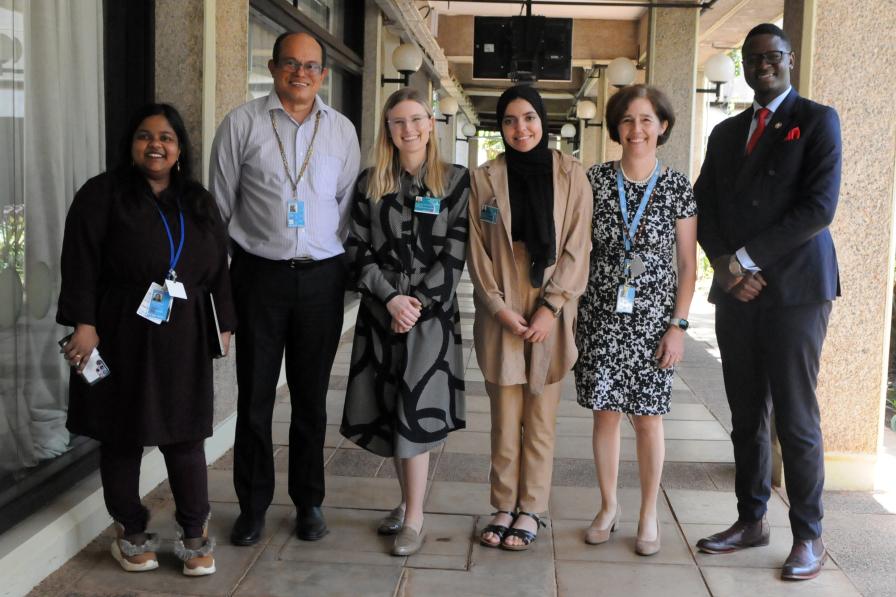
L-R: Yugratna Srivastava, Plant for the Planet; Rolph Payet, Executive Secretary, Basel, Rotterdam and Stockholm (BRS) Conventions; Shannon Lisa and Selma Bichbich, Major Group for Children and Youth (MGCY) Chemicals and Waste Platform; Maria Cristina Cárdenas Fischer, BRS Secretariat; and Howard Mwesigwa, MGCY Chemicals and Waste Platform
